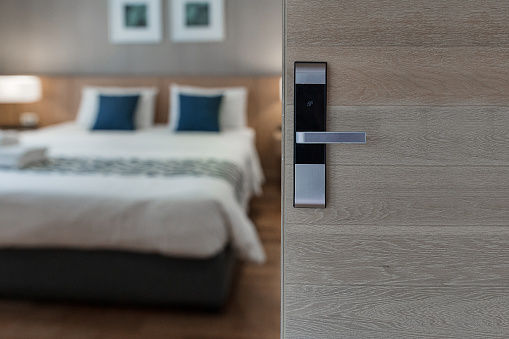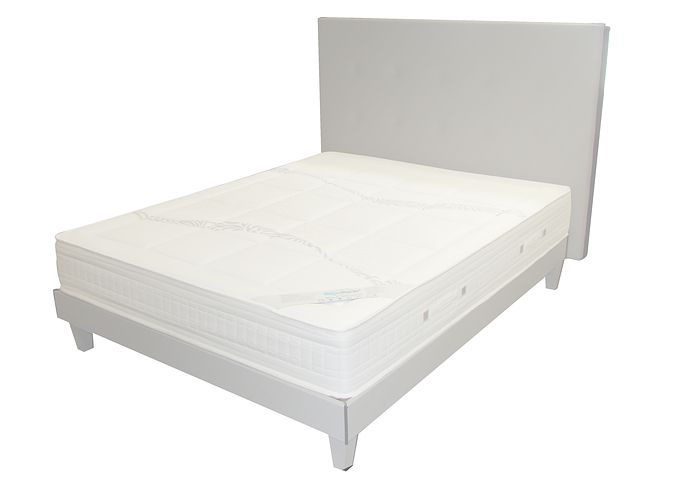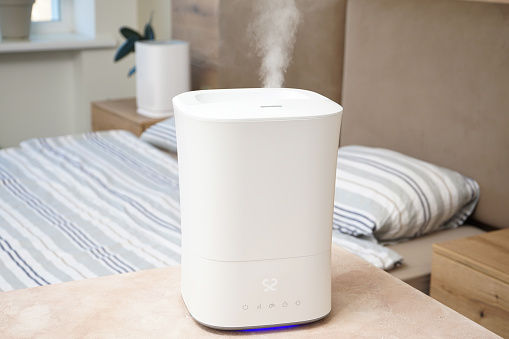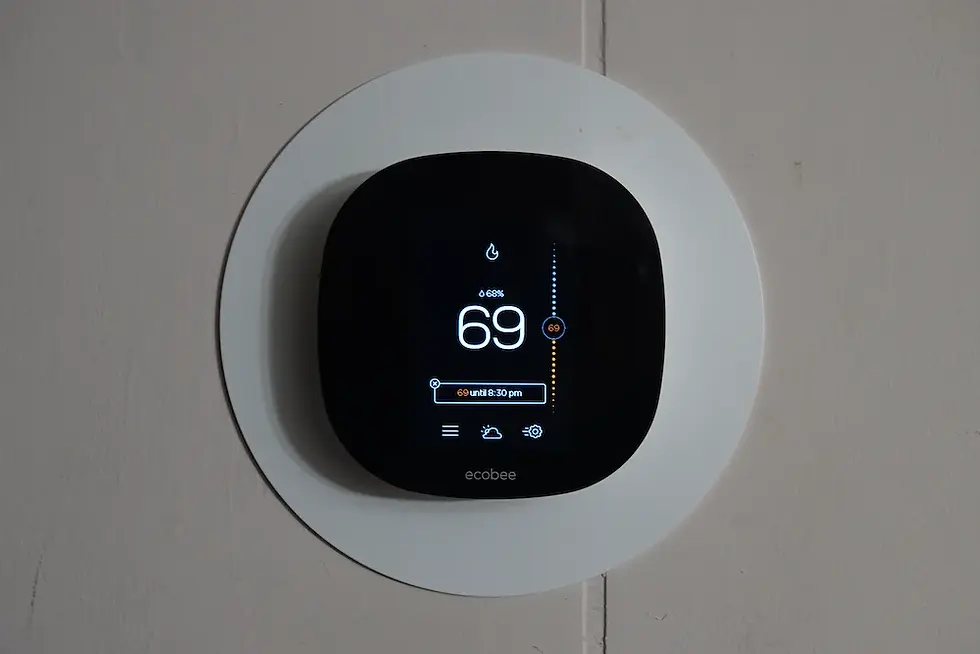
This is the 3rd part in the Sleep Health series- just to review the previous were 5 Strategies to Help You Sleep Well, followed by 6 Tips to Help You Ease into Sleep. Our focus today is the environment that we establish to sleep in. Our sleep environment is often over-looked when thinking about sleep problems and adjusting it may have a substantial effect on how restful and restorative our sleep time is.
Here are 8 tips to consider or adjust to make your sleep environment the best for your needs:

1. Think of your bedroom as a sanctuary.
If you are in the habit of watching TV, scrolling through social media, answering emails, chatting on the phone, or even working from your bed then you are creating a sense of alertness or even stress that is associated with the bed or bedroom. Instead, we want to condition our mind and body with the sense of calm and drowsiness that leads to restful sleep. Allow the other areas of you home to contain all of the alert and busy activities and the bedroom to be your restful sanctuary.

2. Is your mattress correct for you?
The mattress we are laying on for the length of time we are sleeping makes a huge difference in how well we sleep and the way we feel the next day. Give your mattress some thought and attention.
For the firmness you want something that is gently supportive and firm- keeping your spine in alignment. It should mold to your body while it is supporting you.
The material that the mattress is made out of is also important to consider. The foam/ memory foam has different densities for support but can be associated with being hot because it doesn’t “breathe”. The innerspring mattresses are a popular choice due to their availability, cost, different levels of firmness and the fact that air can move around the coils making them cooler and dryer. Another popular choice is the air bed with the adjustability and customization of the number for firmness. These can be associated with being cool depending on the thickness of the top layer over the air compartment.

3. Is your pillow the best one for you?
Like your mattress, the selection of your pillow is very personal and should be specific to your needs. Whether you are a back, side or stomach sleeper there are different options of pillow types from their material, their firmness and their shape.
Most pillows are made from synthetic fibers or foam which are friendlier to allergy-prone people and are easy to wash, these offer a variety of different firmness and shapes. Other options include feather filled which tend to have more structure for support and within feather filled- goose down is the softer variety over duck. They conform to the head and neck but they do not provide as much pressure relief as latex or memory foam pillows. Lastly buckwheat filled pillows conform to the head and neck of the user. These are sometimes compared to a firm and dense beanbag and tend to be cooler since air is able to move around the hulls.
The main concern with any pillow is that it supports the weight of your head (which is around 10 pounds!) and that it keeps your spine in alignment. To achieve these goals typically the pillows named ‘side sleeper’ are firmer to support the head, the ‘back sleeper’ is medium to firm to offer more cushion and the ‘stomach sleeper’ is soft to ease the strain on the neck.

4. Use a white noise or nature sound sleep machine.
We often can not block out all of the nighttime noises, but we can mask them with a noise machine. Another option is using an app on your smartphone that can play white noise.
One additional suggestion to get away from the nighttime noises is with ear-plugs or noise cancelling / noise-isolating headphones that might even have white noise in them as well.

5. Humidify your home.
In the winter months many of us rely on artificial heat to keep our homes at a comfortable temperature. While heating our surroundings, the heating systems are also removing a lot of the moisture from the air. As we are breathing this hot and dry air the water is also removed from our breathing passages which can lead to throat or nasal discomfort or even contribute to upper airway infections. An easy solution to this issue is the use of a humidifier to add moisture back into the air, making sleep easier and providing a more comfortable and healthier environment.

6. Limit the light.
As we learned in Part 1, light tells the body to wake up. So, the darker your bedroom, the better. You could purchase shades, blinds or curtains to block out the light, or you could wear an eye mask if you find that you are not able to sufficiently keep the light out.

7. Control the temperature.
Sleep experts recommend maintaining between 60-67 degrees Fahrenheit for the best sleep. For babies the best temperature is 65-70 degrees Fahrenheit. In addition to adjusting the room temperature, you can also try sleeping in socks (soft, fuzzy socks are my preference 😊). This helps the body to redistribute heat throughout the body since the blood vessels are dilated due to the warmth.

8. Banning the pets from the bed.
While sleeping with our furry little friends can be comforting to both the human and the animal, it can also disrupt sleep. Some pets will nuzzle up to you and change position throughout the night, which can awaken you. They can also claim about 3/4 of the bed with you uncomfortably squished into a little section. Lastly animals can wake you just because they are bored or want company. If this sounds familiar then you may want to ban your furry friend from the bed or even close the door keeping them from the bedroom. You might at first feel bad, but rest assured that they will not love you any less and you will both sleep better in the end.
Reference:
Giles, G. (2019) Sleep Well Live Well. Publications International Ltd.
https://www.everydayhealth.com/sleep/how-put-racing-mind-bed-sleep-now/
https://www.headspace.com/sleep/how-to-sleep-better
https://www.helpguide.org/articles/sleep/getting-better-sleep.htm
https://www.hopkinsmedicine.org/health/wellness-and-prevention/natural-sleep-aids- home-remedies-to-help-you-sleep
Next Time:

Stay tuned for my next blog in 2 weeks for a continuation of this topic in Part 4 where I discuss complimentary health approaches to improving your sleep!
Related Post Links:
Sleep Health Part 1:
Sleep Health Part 2:
Sleep Health Part 4:
Author: Jen Hassaj | 12-14-2022



Comentarios